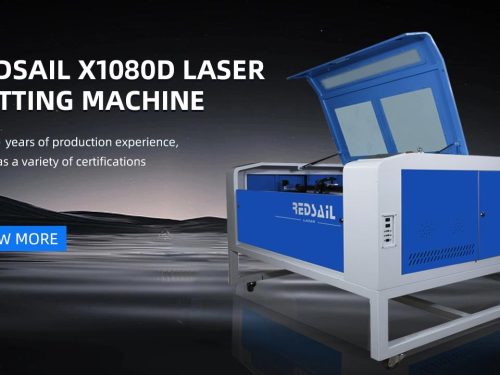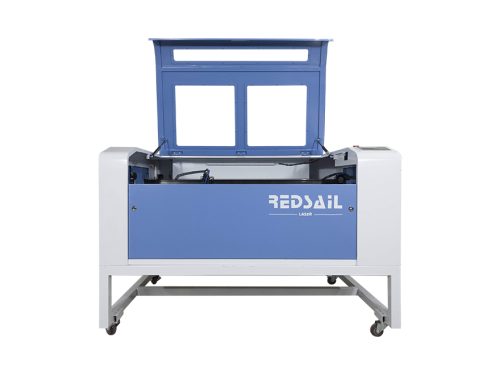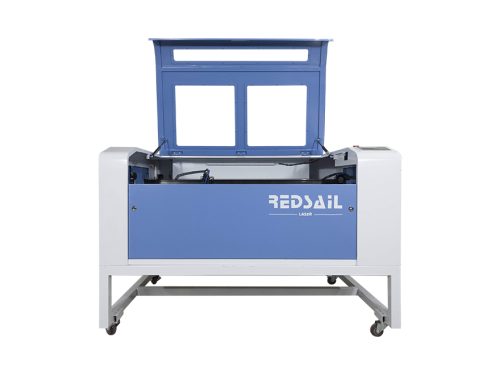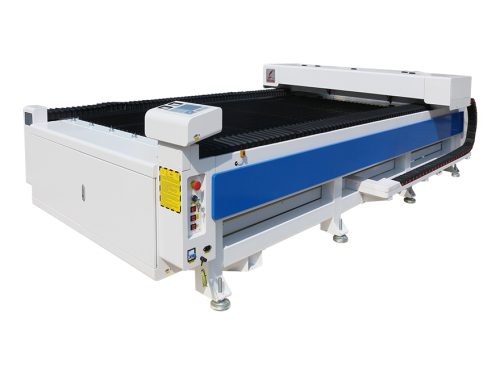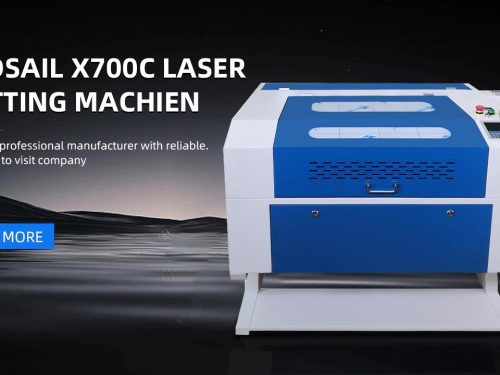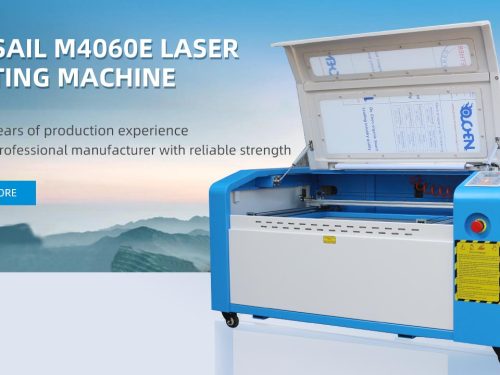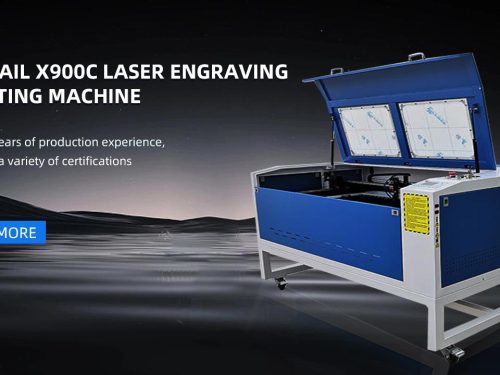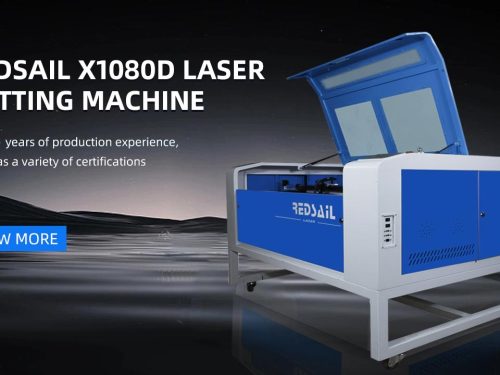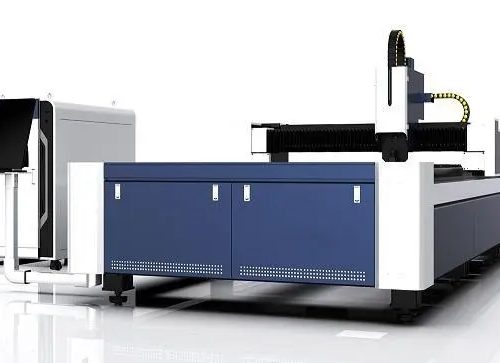
Before using the laser cutting machine, we will import the prepared drawings into the program, and then use the typesetting software to arrange the graphics on a board, so that the laser cutting machine can process the products in batches. Among them, although the typesetting process is very short, there is a lot of knowledge hidden in it. If the typesetting is slightly wrong, it will have a great impact on the cutting effect of the whole plate. Well, here are six points for attention in typesetting.
- Corner melting
When cutting the corners of thin steel sheet at a reduced speed, the laser will melt the corners due to overheating. Generate a small radius at the corner to maintain the high-speed cutting of the laser, avoid overheating and melting of the steel plate when cutting the corner, so as to obtain good cutting quality, reduce cutting time and improve productivity. - Part spacing
In general, when cutting thick plates and hot plates, the spacing between parts should be large, because the heat of thick plates and hot plates has a great impact. When cutting corners, sharp corners and small graphics, it is easy to burn edges, which affects the cutting quality. - Leader settings
In the process of cutting thick plates, in order to make the slits connect well and prevent burns at the beginning and end, a transition line is often introduced at the beginning and end of the cutting, which are called lead and tail lines respectively The lead wire and tail wire are useless to the workpiece itself, so they should be arranged outside the scope of the workpiece. At the same time, pay attention not to set the lead wire at sharp corners and other places that are not easy to dissipate heat. The connection between the lead and the slit shall adopt arc transition as far as possible to make the machine move smoothly and avoid burns caused by corner pauses. - Common edge cutting
Two or more types of parts are combined into a combination, and large-scale regular graphics are shared as much as possible. Common edge cutting can greatly shorten the cutting time and save raw materials. - Part collision
In order to maximize the production efficiency, many laser cutting equipment operate continuously for 24 hours, and use unmanned automatic loading / unloading devices, which collide with the overturned parts after cutting, causing damage to the cutting head and production interruption, resulting in large losses. This requires attention when sorting:
① Select a suitable cutting path to bypass the cut parts to reduce collision.
② Select the best cutting route to reduce cutting time.
③ Automatically or manually combine multiple small parts with micro connections. After cutting, the removed parts can be easily disconnected from the micro connections. - Disposal of surplus materials
After cutting the parts, the skeleton like residual materials on the workbench of the laser cutting equipment need to be removed as soon as possible to facilitate subsequent cutting operations. For laser cutting equipment without automatic unloading device, the skeleton shaped residual material can be cut into small pieces for easy and rapid removal. Thus avoiding personal injury caused by the operator moving the heavy and sharp edge surplus materials.

